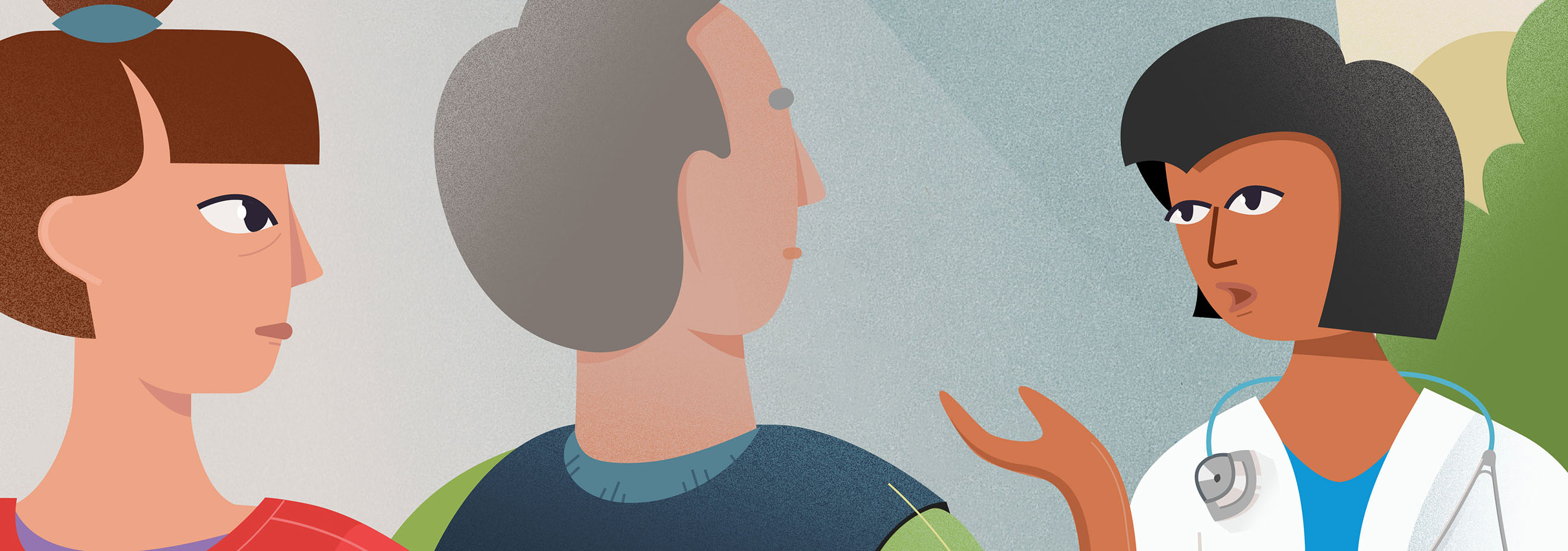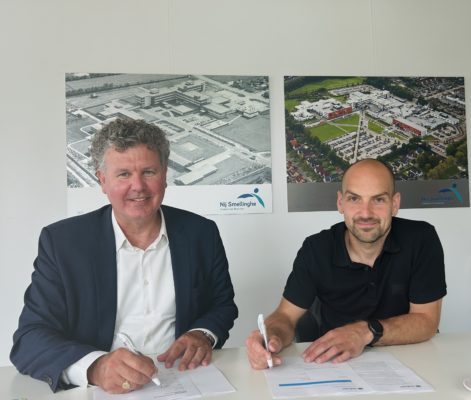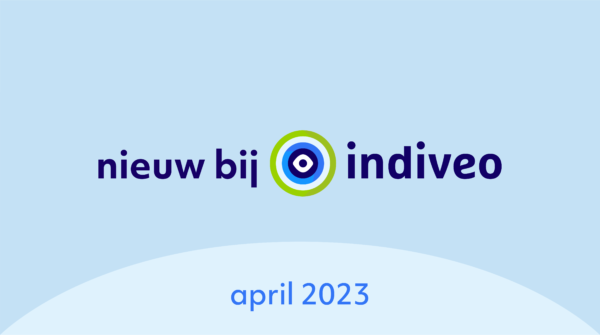Written by Ralph Koppers on February 12, 2019
How efficiently do we actually work in healthcare?

In the Rutte III coalition agreement, curative care does not come off well, according to many health care parties. The cabinet intends to impose a cut of 1.9 billion euros on curative care. The healthcare sector will enter into talks with the minister to discuss the amount of this sum. We, the health care providers, can in the meantime see if we can work (even) more efficiently in curative care.
How efficient do we really work in healthcare?
When I asked myself this question, I immediately felt considerable irritation rising. 'How am I not working efficiently!' Any doctor or health care provider will say he works very efficiently! And I think that about myself too! After all: our days are jam-packed; there is no free slot. It couldn't be more efficient!
But instead of looking at our personal schedules, let's look at the process in our daily practice. Common complaints to the pulmonologist are coughing, shortness of breath and chest pain. After additional examination, a diagnosis can often be made in which syndromes such as asthma, COPD, sleep apnea and lung cancer are common. All these pathologies have their specific treatments. You understand that the pulmonologist is no different from other medical specialists or general practitioners in this process.
Every day in the consulting room I am repetitively conveying more or less 'standard' information about common additional investigations, common diagnoses and associated (common) treatments. Largely to inform and involve the patient in question in this process, partly also because mandatory elements come into play (WGBO / informed consent and the desire for shared decision making). Often part of this information transfer is done by multiple caregivers such as specialized nurses, secretaries, physician assistants and of course through patient leaflets.
How useful and efficient is it for health care providers to regurgitate the same story several times a day about diagnostics, disease states and possible treatments. Patients must then consent and co-decide in this process as part of informed consent and shared decision making.
But how well are patients able to consent and participate based on the information provided. When patients enter the hospital, they are often tense, uncertain and/or emotional.
Research shows patients remember less than 50% of an average conversation with a healthcare provider. Efficient? More importantly, what quality of care does it provide!
So both from the perspective of the healthcare provider as well as from the patient perspective, the efficiency of our process is questionable.
This should be able to be done differently...
Scientific research shows that information in understandable images and sound sticks much better with patients. Uniform information that can be viewed again and again, alone or with loved ones.
Informing patients well leads to a better quality of conversation between the caregiver and the patient. In the end, less discussion time is needed, more is remembered by patients and caregivers, and the quality of our care improves! It also makes our work more enjoyable: because how much fun do we have repeating the same story countless times a day?
Werkse!



